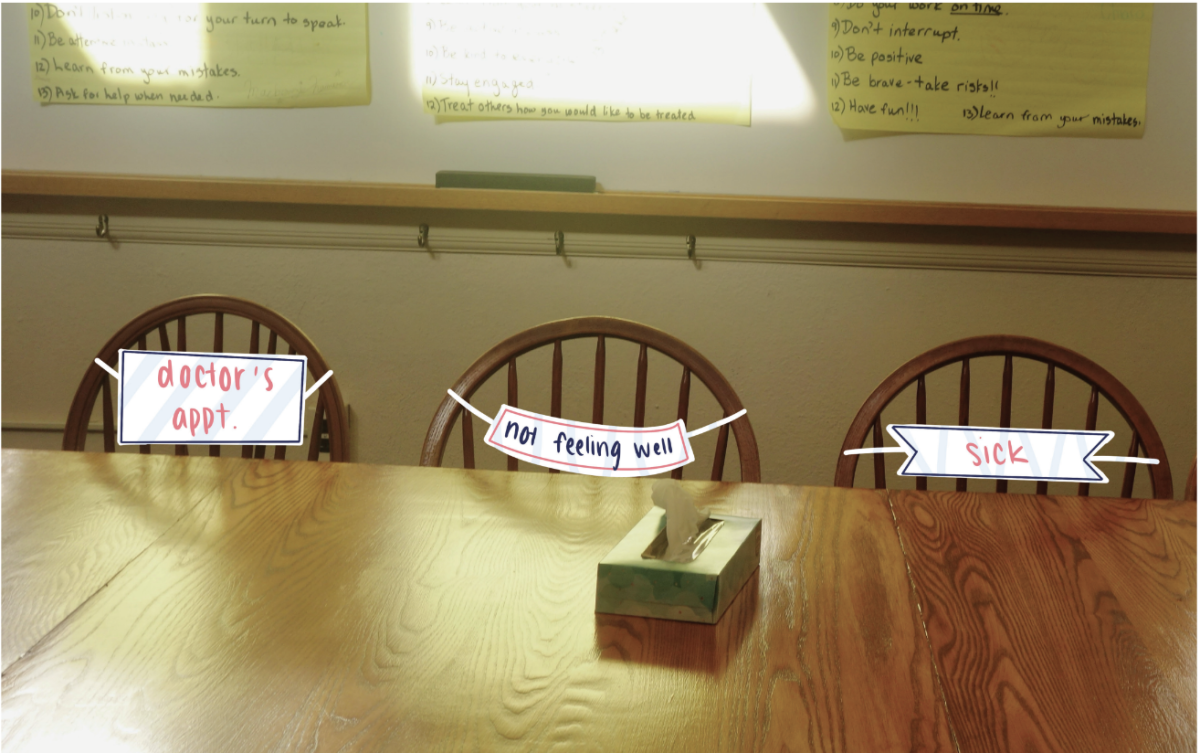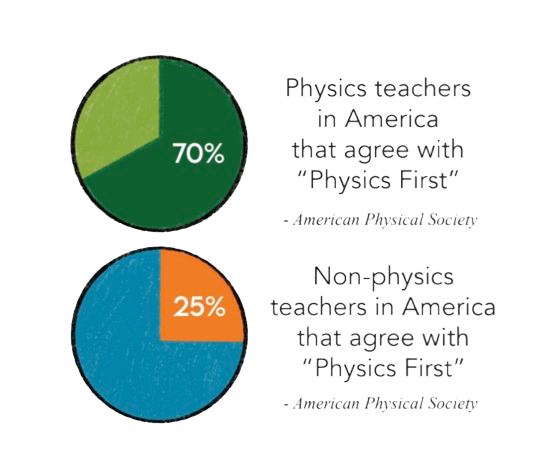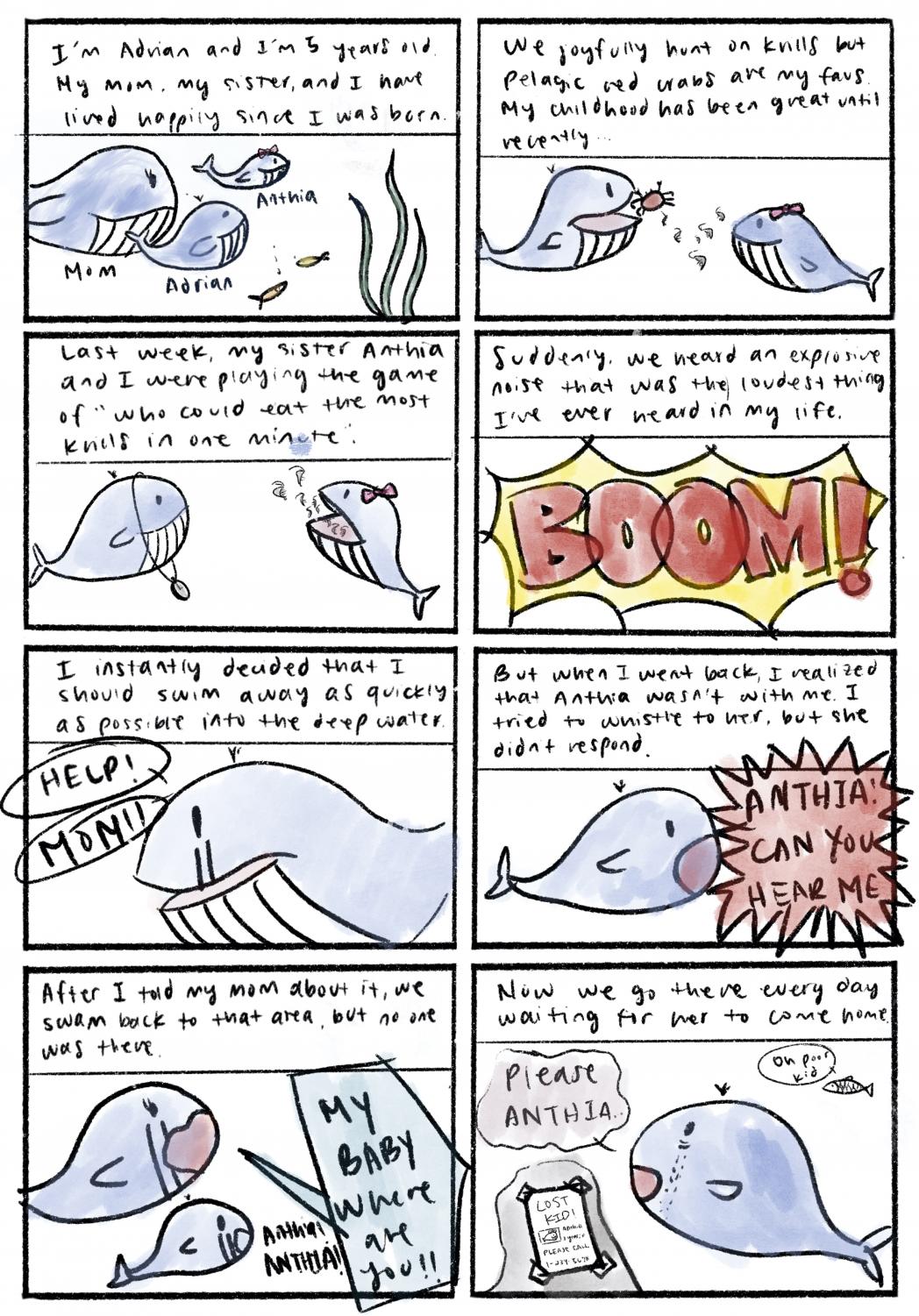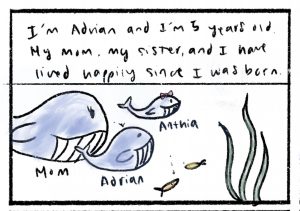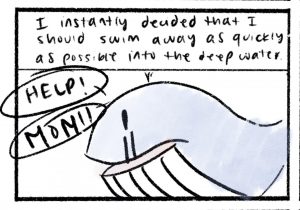Ocean Noise Pollution
According to Animal Welfare Institute, the term “ocean noise” refers to anthropogenic sounds detectable by marine animals. Since the ocean is dark, many marine animals rely on sound to navigate in their daily life. Ocean noise interferes with the sounds they need to hear for feeding, breeding, avoiding predators, navigation and other behaviors essential to survival.
In the Pacific Ocean, noise levels have doubled every decade for the past 40 years. According to the Center for Biological Diversity, the main causes of ocean noise are ships (mainly commercial ones), seismic surveys, military activities, oil and gas drilling, and wind farms.
A study cited by ClearSeas found that 80-85% of noise made by ships are from cavitation (a phenomenon that causes air bubbles to form in liquid moving at high speed, such as around a propeller or turbine). Cavitation can be significantly reduced by limiting ships’ speed. Whales are most severely affected by the noise because the frequency range emitted by ships, 20 to 100,000 Hertz, overlaps with their hearing range.
According to a New York Times article, some sounds, such as the firing of air guns for seismic surveys, are estimated to reach up to 260 underwater decibels. This means that they are loud enough to explode human eardrums and can kill marine life from zooplankton to whales.
A 2017 publication in Nature found that a blast softer than air guns can kill two thirds of the zooplankton in three quarters of a mile around it. Since zooplankton are food sources for animals of higher trophic levels (such as whales), the death of these organisms also affects other animals.
Since blasts softer than airguns can already cause such harm, one can imagine the detrimental effects of airguns on marine life in its surroundings. Furthermore, according to an overview in Oceana, there are up to 40 seismic surveys occurring around the world at any given time, each heavily impacting various marine species on Earth. These blasts can be repeated as often as every 10 seconds and continue on for months.
Ocean noise can be greatly reduced through several methods. A 2019 article in Nature explained that because ships are a major cause of ocean noise, adopting noise-reducing ship designs and lowering ship speed limits are among the most effective options to solve the issue. However, changing ship designs can be costly, and reducing speed limit greatly decreases shipping efficiency and can lead to an array of problems for the economy.
According to an article in Scientific American, some other ways to reduce ocean noise include dampening offshore wind farms, and taking a lower pressure approach to seismic surveys. However, these changes could result in the wind farms and surveys being less effective.
The drawbacks that accompany the positive impacts of these solutions indicate that it may be difficult to find a balance between resolving ocean noise pollution and maintaining convenience and efficiency for human activities.
Though ocean noise may not be a frequently discussed topic, it has a significant and prolonged impact on ocean life. Reducing ocean noise would be incredibly beneficial for the welfare of marine life and the conservation of biodiversity in the ocean.






